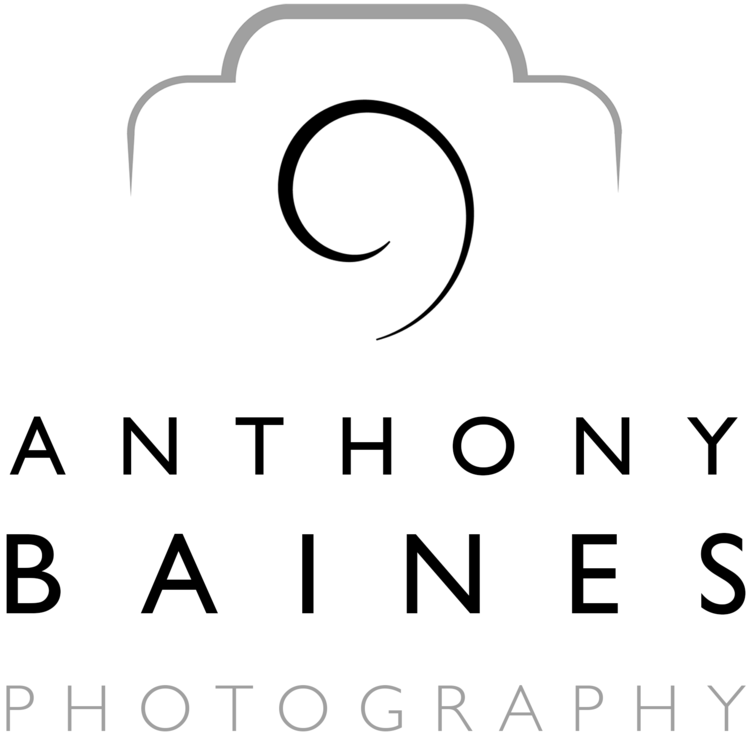"You should be on 30fps all the time" is a quotation from Arthur Morris, the American bird photographer, writing on his blog "Birds as art". He was talking about photographing birds using the new Sony A1-II, which like its predecessor the original A1, can shoot at 30 frames per second (fps) The Sony A1, which I’ve been using now for nearly 4 years, can shoot at 30 fps raw with full autofocus and no viewfinder blackout between frames. 30fps will give you nearly every possible wing position for birds in flight, or orientations of the bird as it flies past the camera. Correspondingly, “if you're not on 30 frames per second, you are wasting your time”.
Without particularly belabouring the point, here are three sequences all shot at 30fps.
Cuckoo landing on a post. Scotland, May 2025
Jumping red squirrel, Scotland, May 2025. I had prefocussed on a point midway through the jump: only one of these frames is in critical focus.
In all three cases, the frames show different wing and/or body positions. So, yes, 30fps is a huge advantage. The same applied to capturing images of, say, pelicans feeding on Lake Kerkini.
However, the resulting firehose of data coming through the camera comes with added costs. The fastest possible cards in the camera are an absolute requirement; so is a fast viewing programme for review and culling images. I'm currently using CFExpress Type A cards (Pergear make CFE-A cards that are relatively affordable, and — fingers firmly crossed! — so far have not let me down*), downloading to an external SSD and then culling and keywording in Photomechanic. This all works extremely well and very quickly, but it is all expensive overhead.
Coming from the 10fps of my Nikon D500, the first time I looked at a sequence at 30fps, it was a bit of a shock. And with the slower cards I had at that time, dealing with the volume was time-consuming (not to mention that the smaller cards filled up quickly).
The final point is that is you are regularly shooting in the 20-40fps range or even more (e.g. Nikon Z9, Canon R5II, Sony A1, A9III etc.), I think it is time to grit your teeth when you've completed editing your selected pictures and delete the rest. I'm terribly insecure about this, but once the best pictures from a session are safely backed up, there's no need to keep the rest. It is just more file space occupied unproductively. So, do it — empty that bin!
*To be clear, I’ve bought my own Pergear cards and have no relationship with the company. Same applies to Photomechanic and all other products mentioned here.
